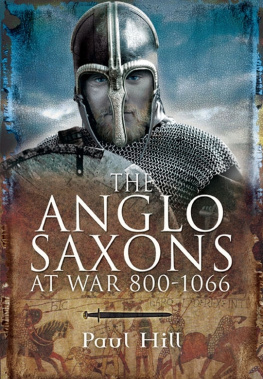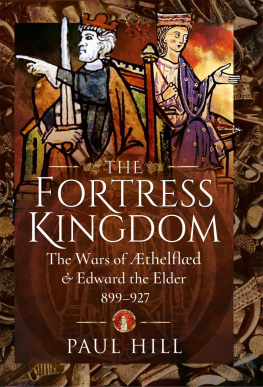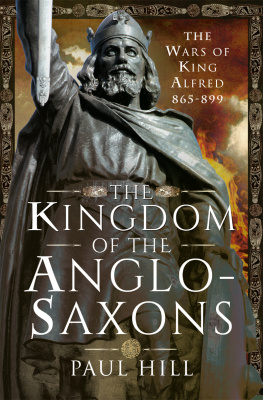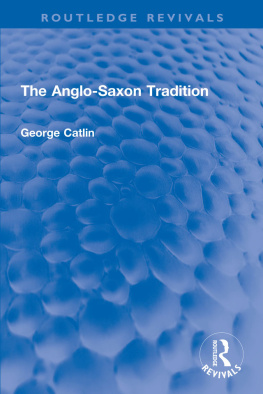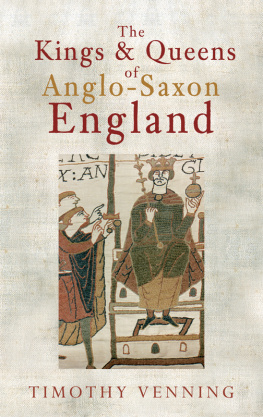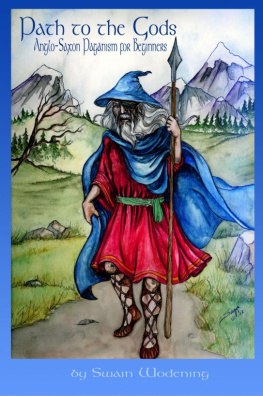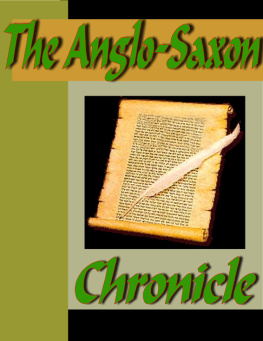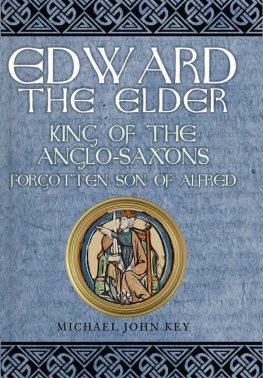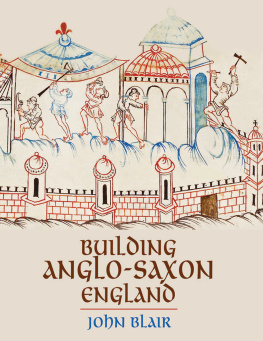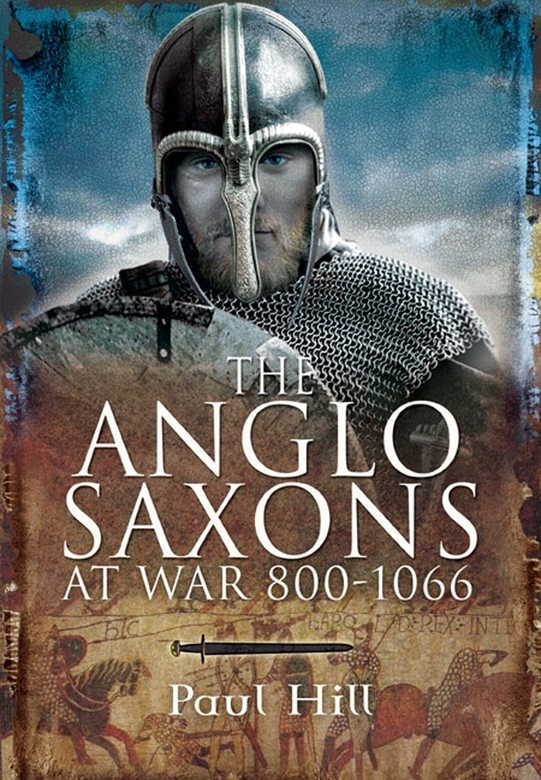The Kingdom of the Anglo-Saxons (c. 880927)
Wessex, this kingdom was the vision of Alfred the Great and the beginning of what would become the kingdom of England.
Alfred the Great, 871900.
Edward the Elder, 90024.
lfweard, 924. Son of Edward the Elder, recognised in Wessex. d. 924.
Athelstan, 92439. Son of Edward the Elder, recognised in Mercia and then in the whole kingdom of the Anglo-Saxons after lfweards death. In 927 the expanded kingdom under Athelstan became known as the Kingdom of the English.
Bibliography
Abels, R. (1988) Lordship and Military Obligation in Anglo-Saxon England. London: British Museum Press
Abels, R. (1998) Alfred the Great: War, Kingship and Culture in Anglo-Saxon England. New York: Longman
Abels, R. (2001) From Alfred to Harold II: The Military Failure of the Late Anglo-Saxon State, in R. Abels and B. Bacharach (eds), The Normans and their Adversaries at War. Woodbridge: Boydell & Brewer, pp. 1530
Abels, R. (2008) Household Men, Mercenaries and Vikings in Anglo-Saxon England, in J. France (ed.), Mercenaries and Paid Men: The Mercenary Identity in the Middle Ages: Proceedings of a Conference Held at University of Wales, Swansea, 7th9th July 2005. Leiden: History of Warfare, 47, 14366
Abels, R. and Bacharach, B. (eds) (2001) The Normans and their Adversaries at War. Woodbridge: Boydell & Brewer
Bell, A. (ed.) (1960) Geifrei Gaimar. LEstoire des Engleis. Oxford: OUP Anglo-Norman Texts, 1416
Blake, E.O. (1962) Liber Eliensis. London: Offices of the Royal Historical Society, Camden 3rd series, 92
Brooks, N. (1971) The Development of Military Obligations in the Eighth and Ninth Centuries in England, in P. Clemoes and K. Hughes (eds), England Before the Conquest: Essays Presented to Dorothy Whitelock. Cambridge: CUP, pp. 6984
Burgess, E.M. (1953) The Mail Makers Technique, Antiquaries Journal, 33, 4855
Burgess, G.S. (ed. and trans.) with Van Houts, E.M.C. (2004) History of the Norman People: Waces Roman de Rou. Woodbridge: Boydell & Brewer
Campbell, A. (ed.) (1962) Chronicon thelweardi: The Chronicle of thelweard. London: Nelsons Medieval Texts
Chadwick-Hawkes, S. (ed.) (1989) Weapons and Warfare in Anglo-Saxon England. Oxford: Oxford University Committee for Archaeology Monograph, No. 21
Clapham, J.H. (1910) The Horsing of the Danes, English Historical Review, Vol. 25, No. 98, 28793
Chibnall, M. (ed. and trans.) (196880) Orderici Vitalis Historia cclesiastica/ The Ecclesiastical History of Ordericus Vitalis. 6 vols, Oxford: OUP, Oxford Medieval Texts
Chibnall, M. (ed.) and Davies, R.H.C. (trans.) (1998) The Gesta Guillelmi of William of Poitiers. Oxford: OUP
Cutler, K. (1972) The Godwinist Hostages: the Case for 1051, Annuale Mediaevale, 12, 707
Darlington, R.R. and McGurk, P. (eds and trans) (1995) The Chronicle of John of Worcester: The Annals from 4501066. Oxford: OUP, Oxford Medieval Texts
Davidson, Hilda Ellis (1962) The Sword in Anglo-Saxon England. Woodbridge: The Boydell Press
Davidson, Hilda Ellis (1989) The Training of Warriors, in S. Chadwick-Hawkes (ed.), Weapons and Warfare in Anglo-Saxon England. Oxford: Oxford University Committee for Archaeology Monograph, No. 21, 1124
Davidson, Hilda Ellis (ed.) and Fisher, P. (trans.) (1979) Saxo Grammaticus, The History of the Danes. Books IIX. 2 vols, Cambridge: Brewer
DeVries, K. (2001) Harold Godwinson in Wales: Military Legitimacy in Anglo-Saxon England, in R. Abels and B. Bacharach (eds), The Normans and their Adversaries at War. Woodbridge: Boydell & Brewer, pp. 6586
Dimock, J.F. (1868) Gerald of Wales. Itinerarium Kambriae et description Kambriae. London: Rolls Series
Finberg, H.P.R. (1975) Scandinavian England. Chichester: Phillimore
Fletcher, R. (2002) Bloodfeud: Murder and Revenge in Anglo-Saxon England. London: Penguin
Forester, T. (trans.) (1854) The Chronicle of Florence of Worcester. With the Two Continuations. London: Bohn
Gale, D. (1989) The Seax, in S. Chadwick-Hawkes (ed.), Weapons and Warfare in Anglo-Saxon England. Oxford: Oxford University Committee for Archaeology Monograph, No. 21, 7186
Graham-Campbell, J., Hall, R., Jesch, J. and Parsons, N. (eds) (2001) Vikings and the Danelaw. Selected Papers from the Thirteenth Viking Conference. Oxford: Oxbow
Gravett, C. (1992) Hastings 1066. London: Osprey Publishing Ltd
Greenway, D.E. (ed. and trans.) (1996) Henry, Henry Archdeacon of Huntingdon. Historia Anglorum: The History of the English People. Oxford: OUP, Oxford Medieval Texts
Halsall, G. (1989) Anthropology and the Study of Pre-Conquest Warfare and Society, in S. Chadwick-Hawkes (ed.), Weapons and Warfare in Anglo-Saxon England. Oxford: Oxford University Committee for Archaeology Monograph, No. 21, 15578

